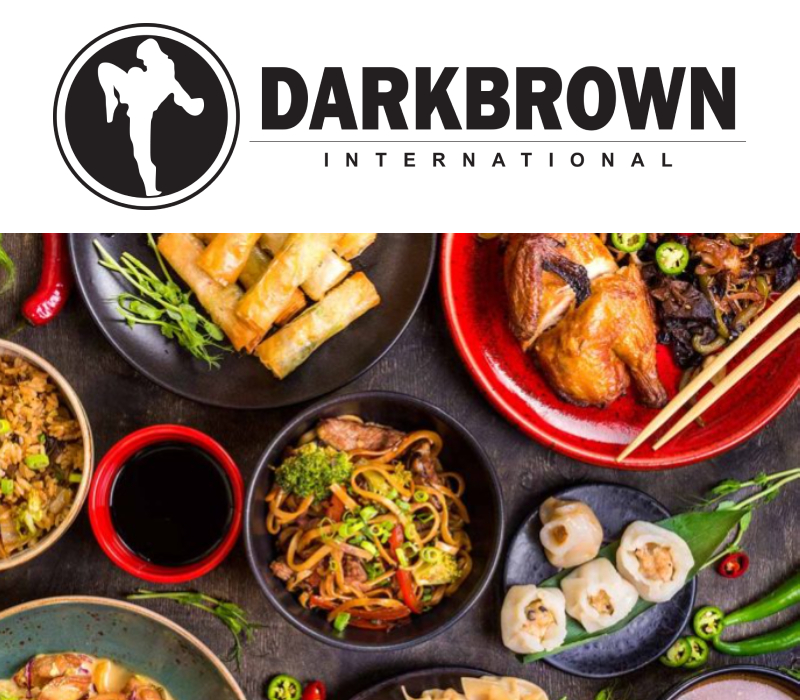Chinese cuisine, with its rich history and diverse flavors, has captivated taste buds around the globe. From the aromatic spices of Sichuan to the delicate dim sum of Cantonese cuisine, the world of Chinese food is a vibrant tapestry of culinary delights. In this exploration, we’ll take a deep dive into the nuances of Chinese gastronomy, discovering the regional diversity, iconic dishes, and the cultural significance that makes Chinese food a global favorite.
1. The Kaleidoscope of Regional Chinese Cuisine:
a. Sichuan Cuisine: The Spice Kingdom
- Renowned for its bold and fiery flavors, Sichuan cuisine features dishes like Mapo Tofu and Kung Pao Chicken.
- The use of Sichuan peppercorns adds a unique numbing sensation, creating an unforgettable dining experience.
b. Cantonese Cuisine: Dim Sum and Beyond
- Cantonese cuisine is celebrated for its emphasis on fresh ingredients and subtle flavors.
- Dim Sum, with its bite-sized delicacies like dumplings and buns, showcases the artistry of Cantonese culinary traditions.
c. Shanghainese Cuisine: A Symphony of Sweet and Savory
- Known for its sweet and savory balance, Shanghainese cuisine features iconic dishes like Xiao Long Bao (soup dumplings) and Red Cooked Pork.
- The emphasis on rich flavors and meticulous presentation reflects the city’s gastronomic heritage.
d. Beijing Cuisine: Imperial Flavors
- Beijing cuisine, rooted in imperial traditions, features dishes like Peking Duck.
- The emphasis on roasting and grilling techniques creates dishes with a perfect balance of crispy skin and succulent meat.
2. Iconic Chinese Dishes that Transcend Borders:
a. Peking Duck: A Culinary Spectacle
- Peking Duck, with its crispy skin and succulent meat, is a culinary masterpiece that originated in Beijing.
- Served with thin pancakes, hoisin sauce, and sliced scallions, it’s a symbol of Chinese culinary artistry.
b. Mapo Tofu: Sichuan’s Spicy Emissary
- Hailing from Sichuan province, Mapo Tofu is a spicy and numbing tofu dish infused with bold flavors.
- The combination of ground meat, tofu, and a spicy bean-based sauce creates a satisfying and aromatic dish.
c. Xiao Long Bao: Shanghai’s Soup Dumplings
- Xiao Long Bao, or soup dumplings, are a Shanghai specialty.
- These delicate dumplings are filled with a flavorful broth, creating an explosion of taste with each bite.
d. Dim Sum: Cantonese Bite-Sized Delights
- Dim Sum, a quintessential part of Cantonese cuisine, features a variety of small, flavorful dishes.
- From Har Gow (shrimp dumplings) to Siu Mai (pork dumplings), dim sum showcases the art of Cantonese steaming and dumpling craftsmanship.
3. The Cultural Significance of Chinese Food:
a. Family and Tradition:
- Chinese meals are often a communal affair, emphasizing the importance of family bonds and traditions.
- Festive occasions and celebrations are marked by elaborate feasts, symbolizing unity and prosperity.
b. Symbolism in Ingredients:
- Chinese cuisine often incorporates ingredients with symbolic meanings.
- For example, noodles symbolize longevity, and fish represents abundance and prosperity.
c. Yin and Yang: Balancing Flavors and Textures
- Traditional Chinese cooking follows the principles of yin and yang, balancing flavors, temperatures, and textures in each dish.
- This philosophy creates harmonious and well-rounded meals.
4. Navigating the World of Chinese Food:
a. Exploring Local Chinese Restaurants:
- Venture beyond familiar dishes and explore regional specialties at local Chinese restaurants.
- Embrace the diversity of Chinese cuisine by trying dishes from different provinces.
b. Cooking Chinese Cuisine at Home:
- Experiment with Chinese recipes at home, starting with simple dishes like Fried Rice or Sweet and Sour Chicken.
- Online platforms and cookbooks offer a wealth of resources for home cooks.
c. Food Tourism in China:
- Consider embarking on a culinary journey to China to experience regional cuisines firsthand.
- Cities like Chengdu, Guangzhou, and Shanghai offer immersive food experiences.
Conclusion: A Feast for the Senses
Chinese food is not merely a culinary experience; it’s a journey through history, culture, and the artistry of flavors. From the fiery spices of Sichuan to the delicate nuances of Cantonese dim sum, Chinese cuisine is a feast for the senses that transcends borders. Whether you savor iconic dishes in local restaurants or embark on a culinary adventure in China, the world of Chinese food invites you to explore, appreciate, and indulge in the rich tapestry of flavors it has to offer.










